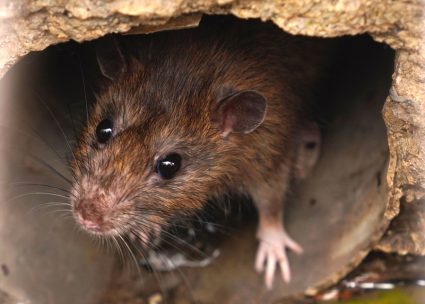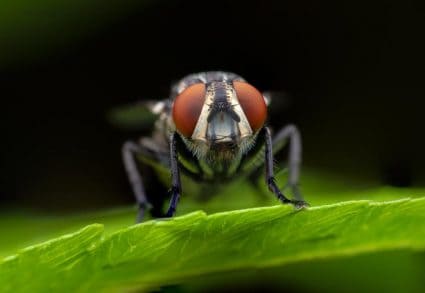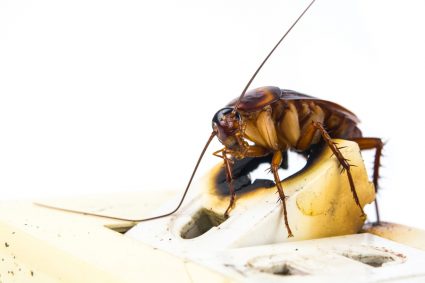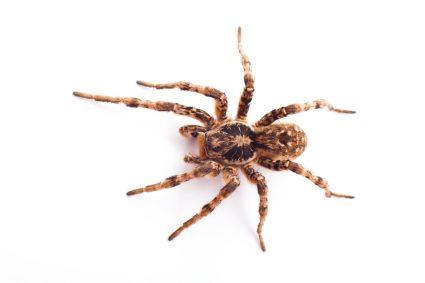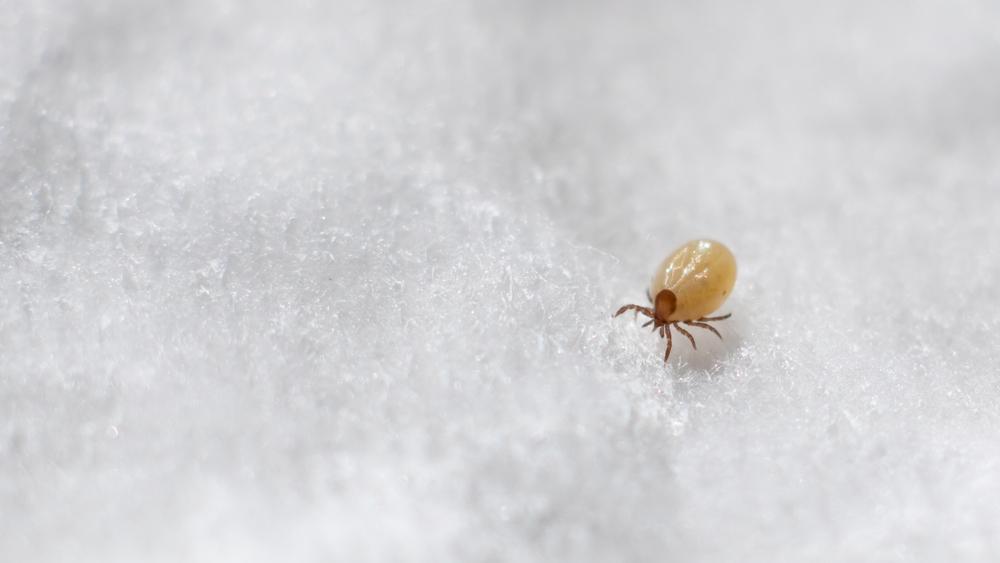
Spider mites are tiny arachnids that can wreak havoc on both indoor and outdoor plants. They are known to feed on several hundred species of plants, causing damage by puncturing plant cells and feeding on the cell contents. This can lead to yellow or bronzed foliage, leaf drop, and in severe cases, plant death. So, what can you do to get rid of these pesky mites? Does a common insecticide like Raid work?
Raid insecticide products are not specifically designed to target spider mites. While some users have reported success in using Raid to control spider mites, the effectiveness may vary and it may not be as efficient as other methods specifically designed for spider mite control. Therefore, it’s recommended to consider other alternatives, like essential oils, neem oil, insecticidal soaps, water spray, or introducing beneficial insects for more effective control of spider mites.
Understanding Raid as an Insecticide
Raid is a widely used brand of insecticide products that work by using various active ingredients to target and kill insects. Its initial active ingredient was allethrin, the first synthetic pyrethroid. Pyrethroids are synthetic compounds derived from pyrethrin, a naturally occurring insecticide found in chrysanthemum flowers. These compounds target the insect’s nervous system, causing prolonged sodium channel opening, leading to sustained depolarization and subsequent paralysis.
Different Raid products contain different active ingredients to target specific invertebrate species. For example, Raid Ant & Roach Killer contains pyrethroids, imiprothrin, and cypermethrin, while Raid Flying Insect Killer uses piperonyl butoxide and D-phenothrin as active ingredients. These active ingredients work together to kill insects on contact and provide residual effects that continue to kill bugs that come into contact with treated areas.
Does Raid Kill Spider Mites?
Raid products, such as Raid House & Garden Bug Killer and Raid Multi Insect Killer, are formulated to kill various crawling and flying insects, including ants, roaches, spiders, and flies. However, these products are not specifically designed to target spider mites.
While some users have reported success in using Raid products to control spider mites, it’s important to remember that these products may not be as effective as other methods specifically designed for spider mite control.
Alternatives to Raid for Spider Mite Control
If you’re dealing with a spider mite infestation, there are several natural and effective alternatives to Raid that you can consider:
- Essential oils: A 2017 study found that chamomile, coriander, spearmint, and rosemary essential oils are effective at killing two-spotted spider mite eggs and adults.
- Neem oil: Neem oil sprays work against spider mites by suffocating them.
- Insecticidal soaps or horticultural oils: These can be used to control spider mites on indoor and outdoor plants.
- Water spray: Regularly spraying plants with hard blasts of water, especially on the undersides of leaves, can help control spider mites.
- Beneficial insects and mites: Introducing natural predators of spider mites, such as ladybugs, lacewings, predatory thrips, and predatory mites like Phytoseiulus persimilis, Amblyseius californicus, and Amblyseius andersoni, can help control infestations.
Precautions When Using Raid or Similar Insecticides
If you decide to use Raid or a similar insecticide to control spider mites, it’s crucial to take several precautions to ensure your safety and the safety of others:
- Always read the label and follow the directions, including all precautions and restrictions.
- Wear appropriate personal protective equipment (PPE) as directed by the label.
- Avoid contact with skin, eyes, and clothing.
- Use in well-ventilated areas.
- Keep away from food and water sources.
- Keep out of reach of children and pets.
- Do not overuse.
In conclusion, while Raid can be used to control spider mites, it may not be the most effective method. Consider using other methods specifically designed for spider mite control for the best results.
Frequently Asked Questions
What are the signs of a spider mite infestation?
Signs of a spider mite infestation include yellow or bronzed foliage, leaf drop, and in severe cases, plant death. You may also see tiny webs on the plant and small specks moving about on the plant, especially on the undersides of leaves.
Are spider mites harmful to humans or pets?
No, spider mites are not harmful to humans or pets. They feed on the cell contents of plants and do not bite or pose any health risk to humans or animals.
How often should I spray my plants with water or alternative solutions for spider mite control?
The frequency of application can vary depending on the severity of the infestation. In general, spraying your plants with water or alternative solutions every two to three days can help control a spider mite infestation.
Can I use Raid products indoors to control spider mites?
Yes, Raid products can be used indoors, but it’s important to use them in well-ventilated areas and to keep them out of reach of children and pets. Remember to always follow the label directions.
Can I mix different essential oils together for spider mite control?
Yes, you can mix different essential oils together. However, it’s important to test a small area of the plant first to ensure the mixture doesn’t harm the plant. Always dilute essential oils with water or a carrier oil before applying them to plants.

